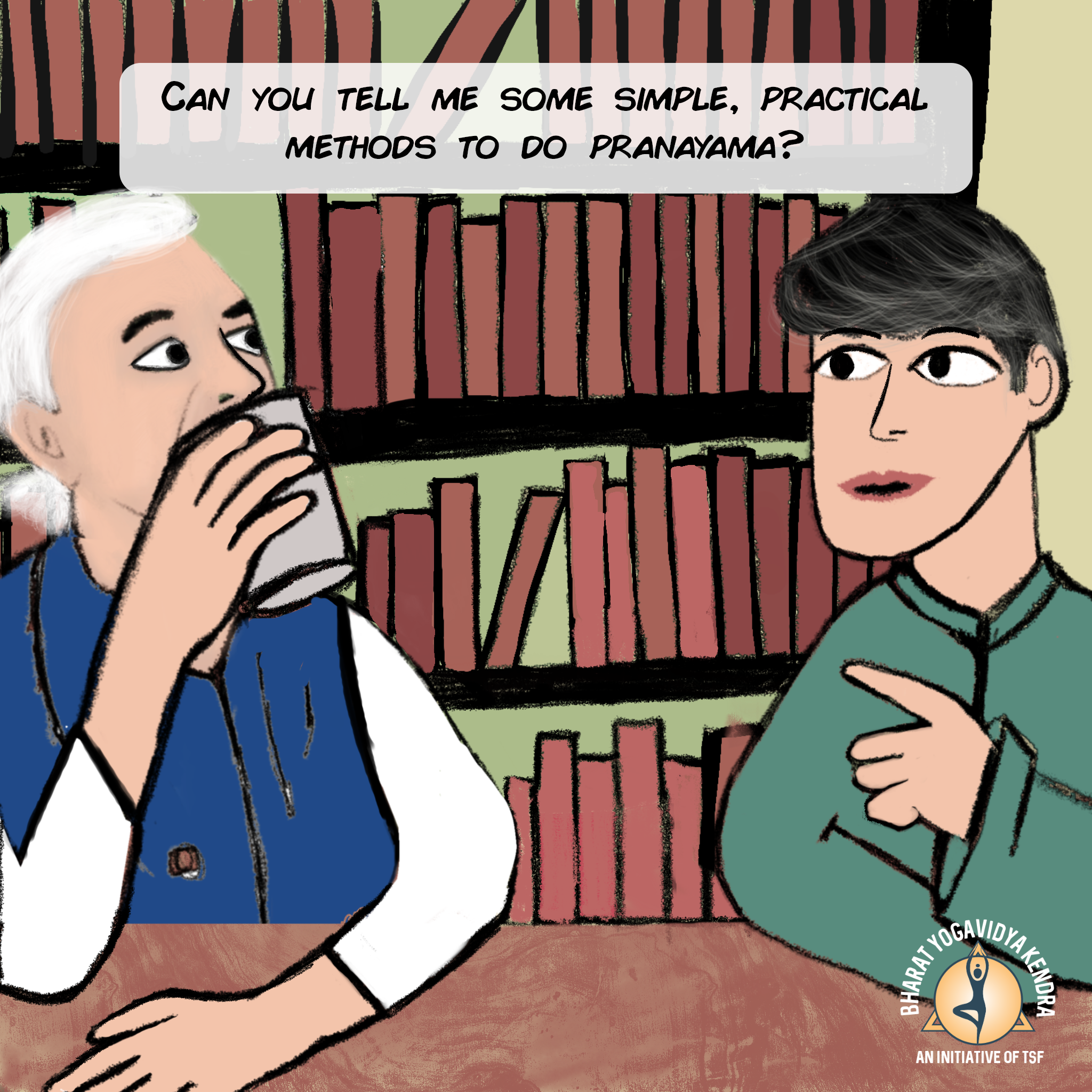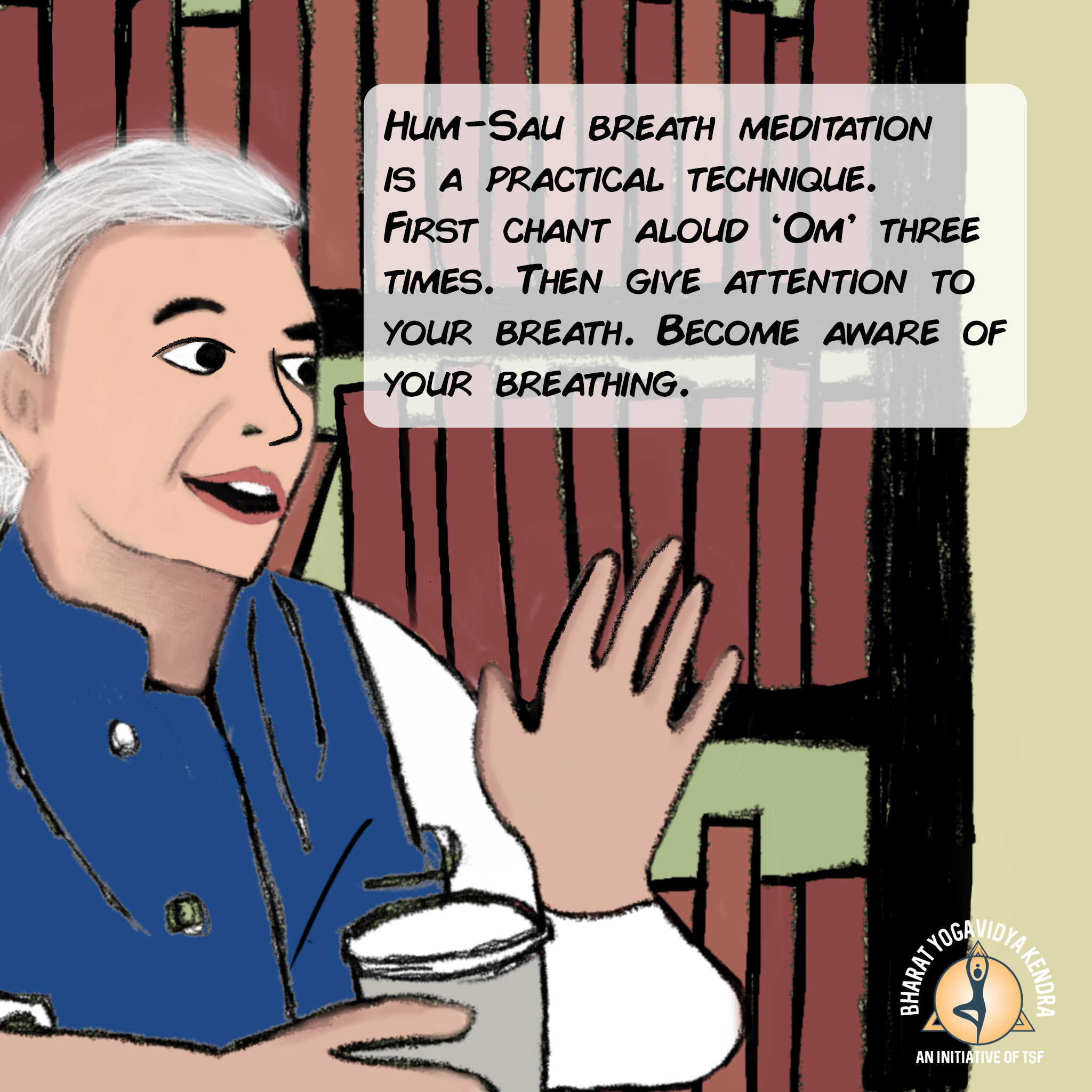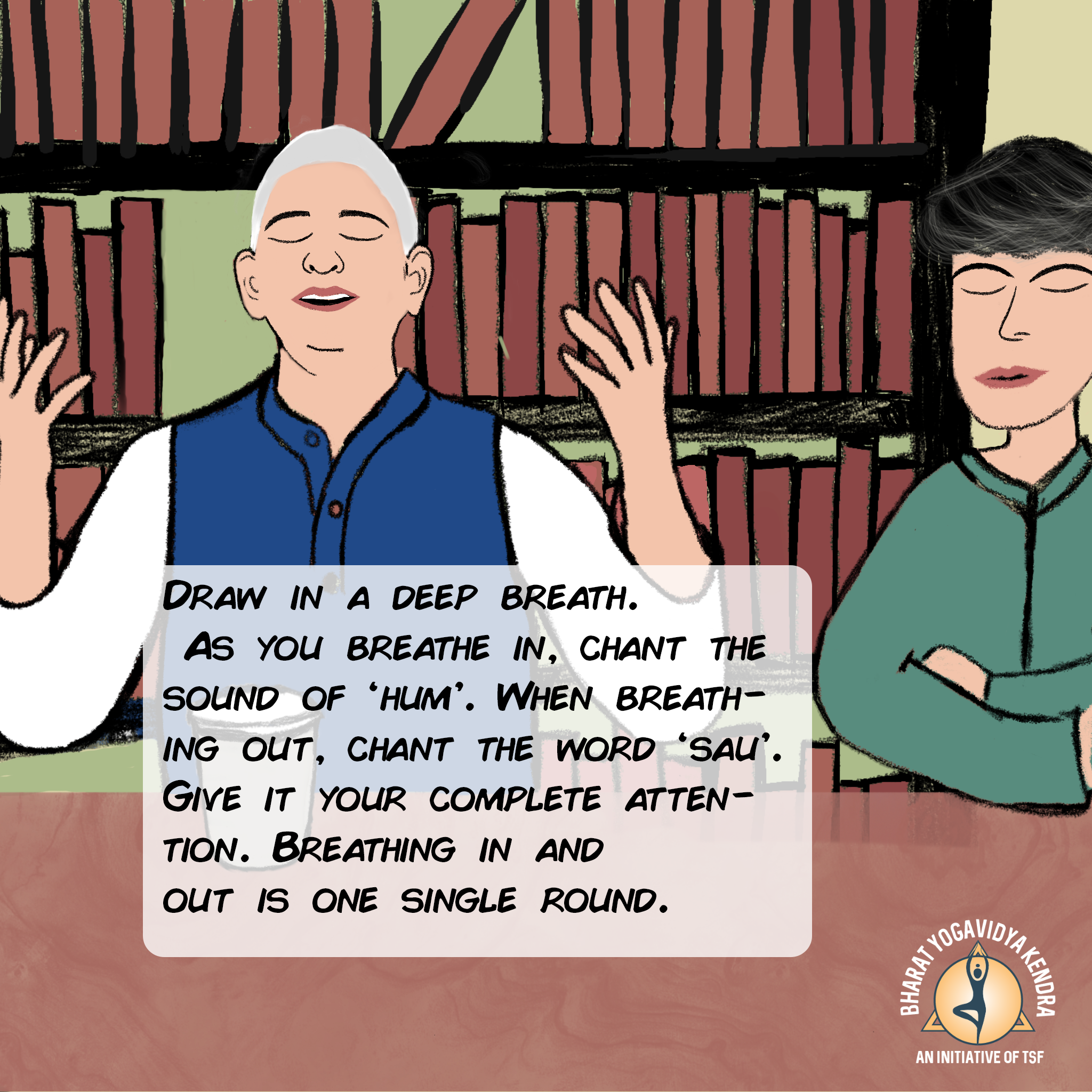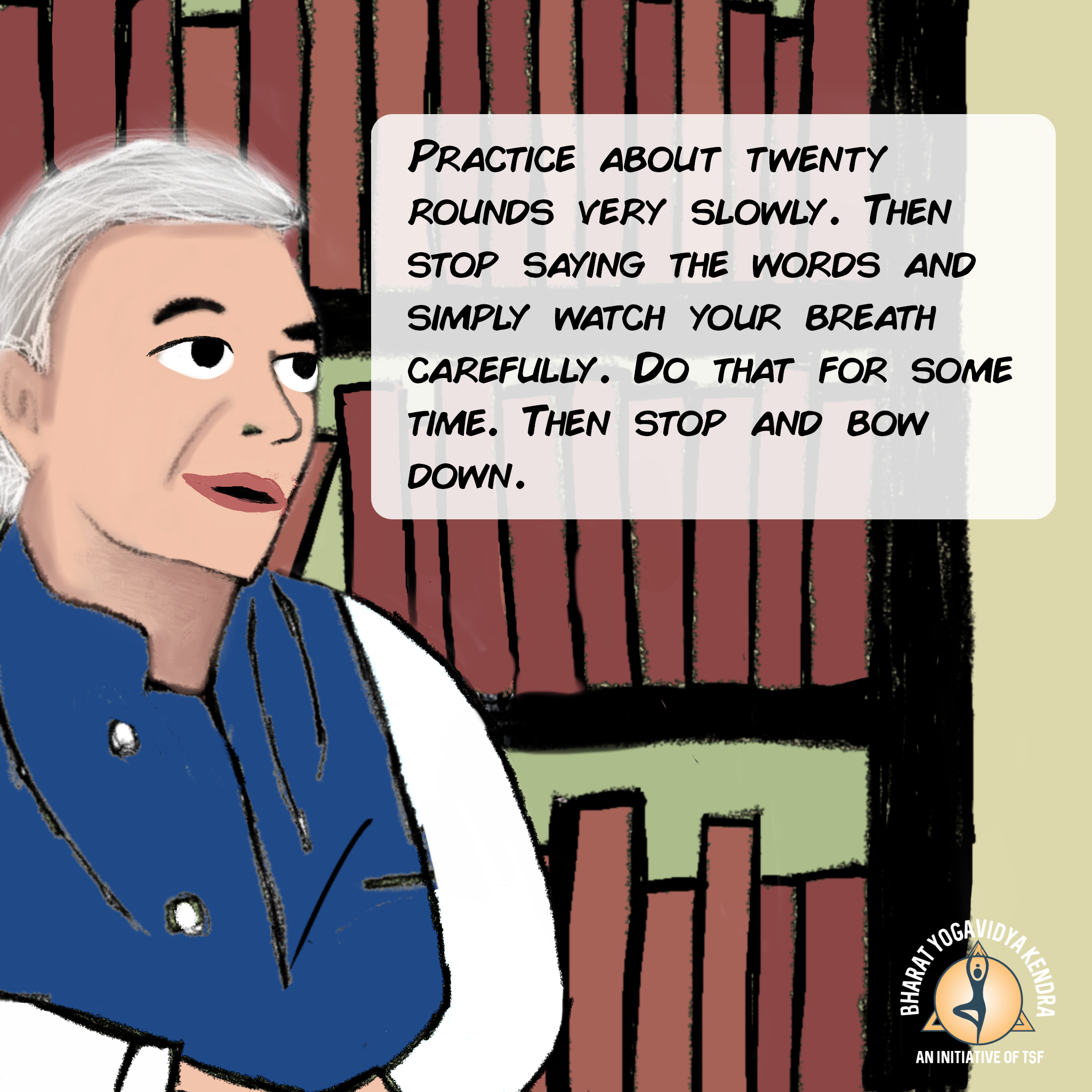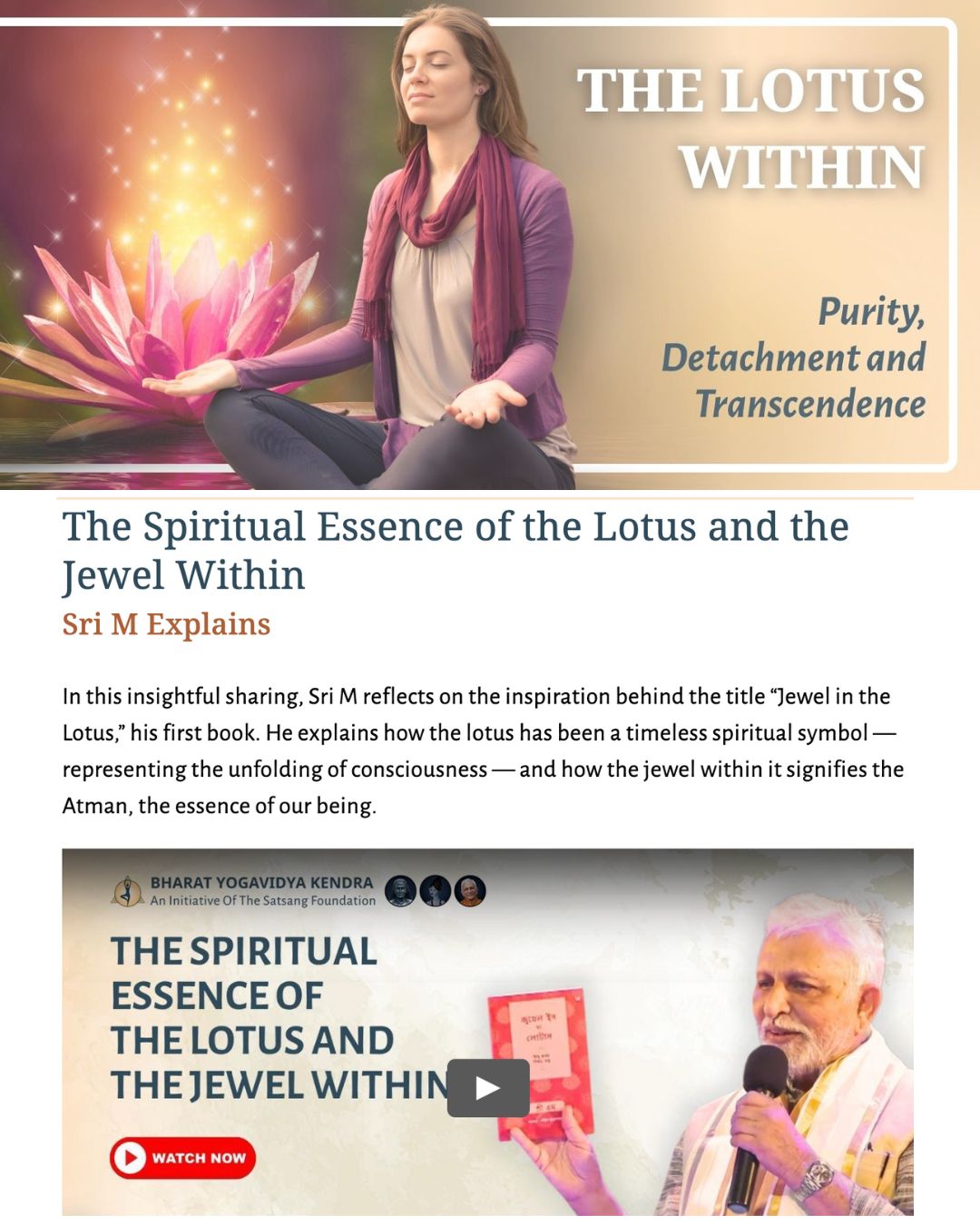The Power of Prana – Awakening Vitality Within
“Prana is the energy behind every movement of life. To know prana is to know life itself.” — Sri M
Life, in its deepest essence, thrives on an unseen force—prana. Beyond breath, beyond air, prana is the silent rhythm pulsing through the universe, energizing every living being. It is the subtle force that sustains us, heals us, and connects us intimately to the world around.
Sri M often reminds us that prana is our most direct bridge to awareness, vitality, and inner harmony. Through conscious engagement with prana, we open ourselves to profound physical health, mental clarity, and spiritual awakening. Each breath is not just a necessity but an opportunity—to renew, rejuvenate, and reconnect.
Imagine your breath as a gentle river, carrying the vital energy of life through every part of your being. When prana flows freely, life flourishes within us. Obstacles dissolve, clarity emerges, and a sense of profound well-being unfolds naturally.
In this month’s Yogavidya, we invite you to consciously experience the transformative power of prana. Discover how simple breathing techniques and mindful living can awaken a vibrant energy within, bringing balance and joy into daily life.
Let this exploration of prana inspire you not just to breathe, but to truly live—fully, deeply, and harmoniously.
Look for the Jewel (Guru) within you (lotus)
Sri M Explains
In this insightful video, Sri M delves into seeking our Guru.
Talk with M
BLOG POST
Exploring Prana: The vital energy of Life
“Pran nikal gaya” means “life has left” or “the life force has departed”. It’s a phrase used to describe the moment of death or the cessation of life. The phrase can also be used metaphorically to describe severe pain or suffering, as if the life force has been drained away.
This expression is a clear indication that when we die “something called Prana, leaves our body”. The active, thinking, talking, seeing life form suddenly becomes cold flesh & bones. Where was this Prana a few seconds ago? Where did it vanish? What is its role in the functioning of the body? And why is it so important? Let’s take a look at these points in this month’s Blog.
Our body is a combination of gross elements and a life giving subtle force which we call Prana. This subtle force pervades every cell in our body. It is an universal energy that permeates everything in existence.
BOOK REVIEW
The Science of Pranayama
Sri Swami Shivananda
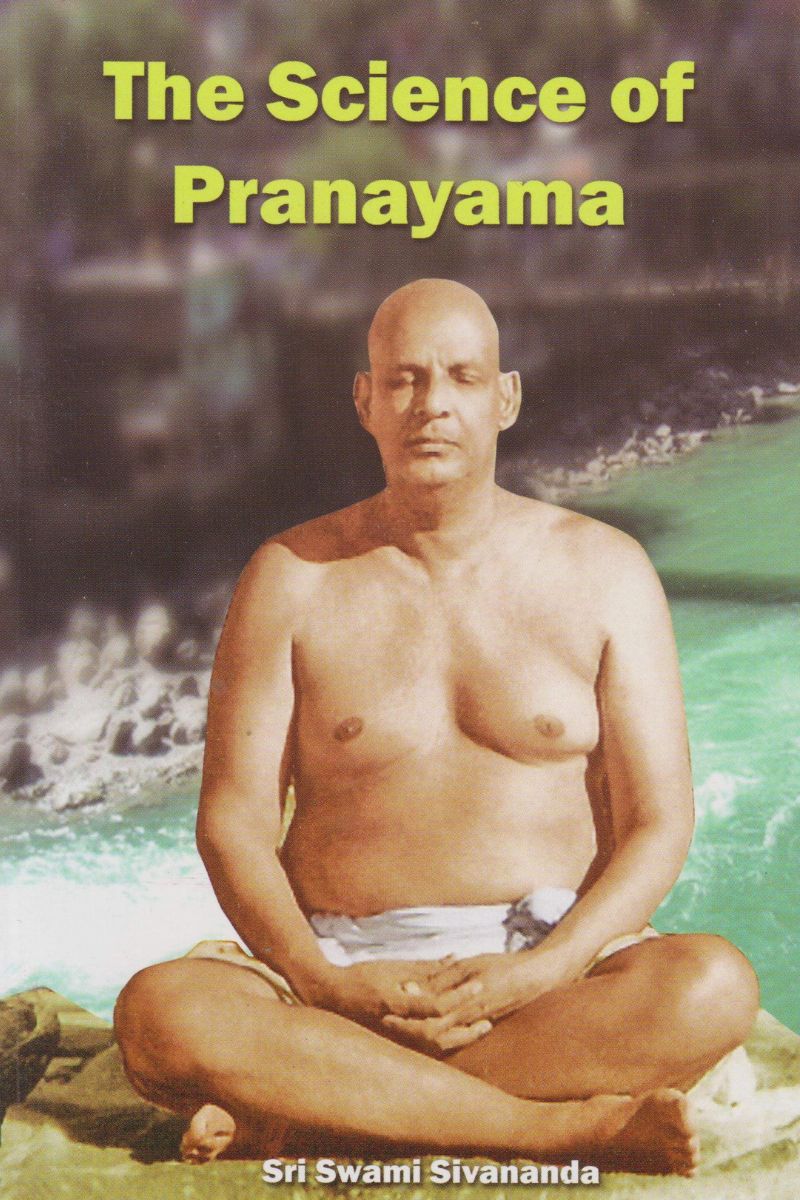
This beautiful book, expounding on the different facets of Pranayama, of it’s functions in the body, connectedness to the breath and much more is an excellent guide to understand Pranayama, and to take up it’s practices.
Swami Shivananda goes into more detail, not only on Prana and Pranayama, but also on the Nadis, purification of them and methods to do so, Chakras, Dietetic discipline and foods to include or avoid in order to have good success with the practices, ways of setting up your meditation room. There are also illustrations on some of the topics, showing how to perform for example certain seated Asanas.
Mainly he dives deeper into Pranayama and gives examples from certain texts or sages whom have expounded themselves on Pranayama like Sage Bhusunda, Sri Sankaracharya, and the Bhagavad Gita. He explains in detail on various Pranayamas, many which we are familiar with like Bhastrika, Kapalabhati, Bhramari and Ujjayi, but many more are there aswell.
If you are curious to go a little further in your study with Pranayama, this book really gives a brilliant and clear insight into the importance of Prana and how you can go about exploring this in your life. One should always seek advice from an experienced practitioner to start any practice to not cause any harm to oneself, so be careful if enthusiasm arises while reading this book, like it did with me.
YOGA GUIDE
Guru-Tattva: The Inner Flame of Guidance
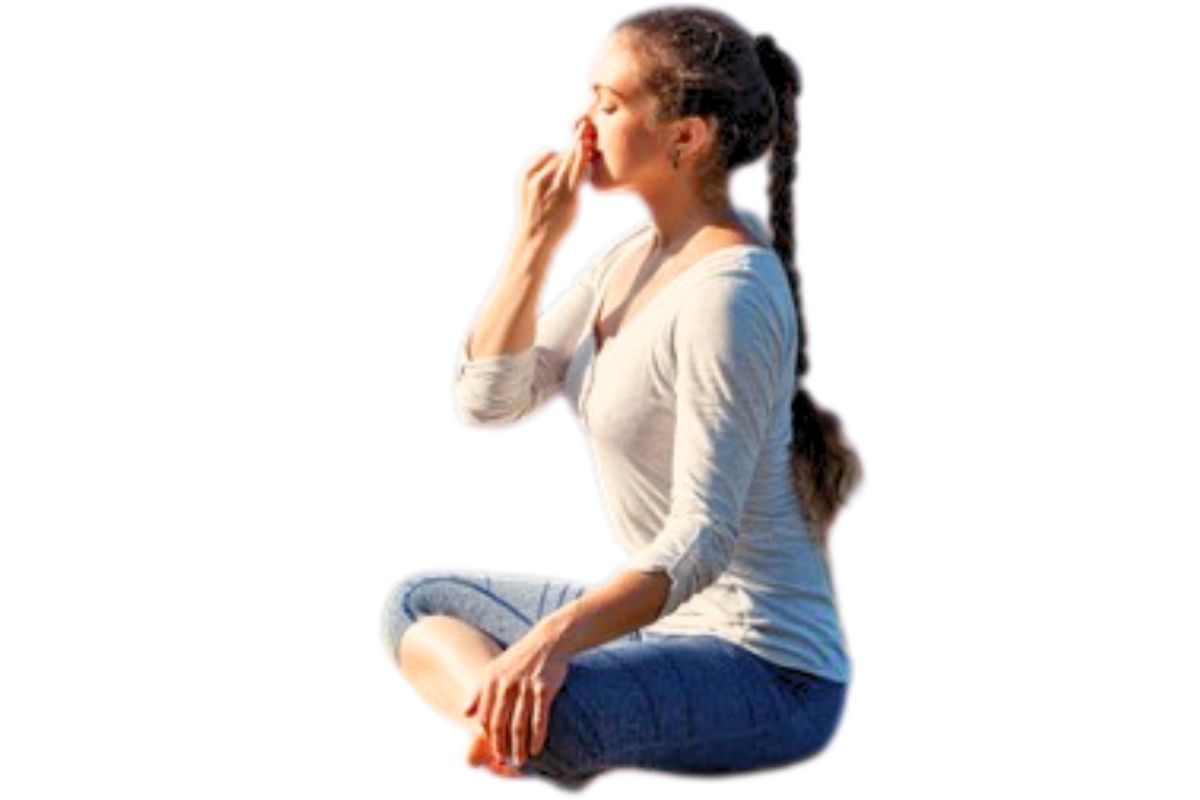
Ujjayi Pranayama (Victorious Breath)
Benefits:
- Increases oxygen intake and improves lung capacity.
- Calms the mind and reduces anxiety.
- Enhances concentration and focus during yoga practice.
How to Practice:
- Sit comfortably with a straight spine.
- Inhale deeply through your nose, slightly constricting the back of your throat to create a soft, whispering sound (like ocean waves).
- Exhale through your nose while maintaining the throat constriction, keeping the sound consistent.
- Continue this for several cycles, focusing on the sound and sensation of your breath.
Bhujangasana (Cobra Pose)

Benefits
- Opens the heart and chest, allowing for deeper breathing and increased prana flow.
- Strengthens the spine and improves posture.
- Stimulates abdominal organs and aids digestion.
- Reduces fatigue and stress, promoting a sense of vitality.
How to Do It:
- Start Position: Lie face down on your yoga mat with your legs extended behind you, feet hip-width apart, and the tops of your feet pressing into the mat.
- Hand Placement: Place your hands under your shoulders, with your elbows close to your body.
- Engage the Core: Press the tops of your feet, thighs, and pelvis into the mat. Engage your core muscles.
- Inhale and Lift: On an inhale, slowly lift your chest oS the ground by straightening your arms. Keep your elbows slightly bent and close to your body.
- Look slightly upward, but avoid straining your neck.
- Hold the Pose: Hold the position for 15-30 seconds, breathing deeply and feeling the stretch in your chest and abdomen.
- Release: Exhale as you gently lower your chest back to the mat.
By incorporating Ujjayi Pranayama and Bhujangasana into your daily routine, you can eSectively harness the prana within you. These practices not only enhance your physical health but also promote mental clarity and emotional balance. Remember to approach your practice with mindfulness and gratitude, allowing the subtle energy of life to flow freely through you. Enjoy your journey!
Community column
Chittasanyamana – Excerpts From Bhagavat
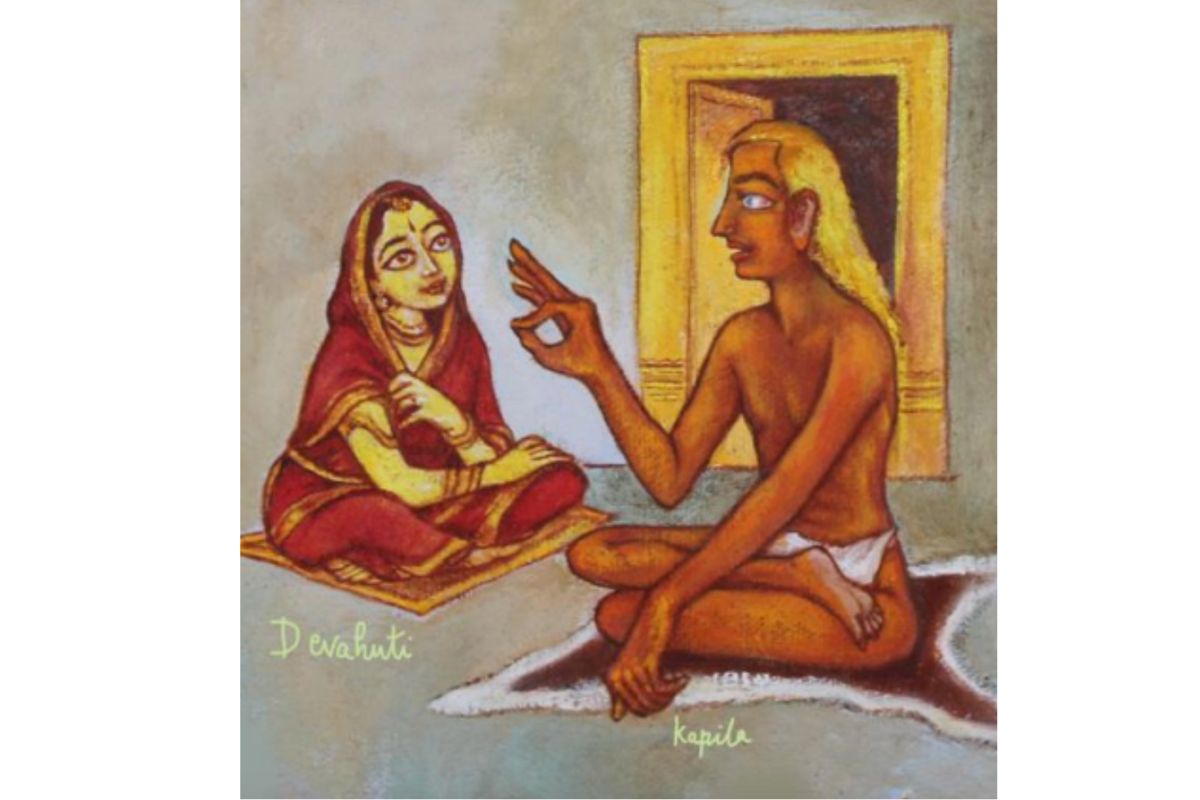
Kapila was Known as a great sage and an incarnation of Lord Krishna. Kapila was born as the Son of Kardama and Devahuti.
Devahuti, his Mother sought spiritual knowledge from her son, Kapila, leading to a significant dialogue that forms the
basis of the Sāṅkhya philosophy.
“I have the great good fortune to be the mother of the Lord. Tell me what I want to know. In the body made up of the five elements you have instilled the feelings of “I” and “Mine”: You have it susceptible to the several emotions like love and hatred: and this evil of ignorance has been drawn across the Atman by you and you alone. It is up to you to remove it and save us. Teach me the path to peace. Teach me the path of Mukti: salvation”
Kapila looked at his mother with affection and said “Mother, it is the mind, which is the cause of bondage as well as freedom. Mother, it is the when there is an upset in the balance of the three gunas, then, one of the gunas becomes predominant and the Atman gets involved in the play of the emotions.. Consider the mind. The mind turns away from the inner self and begins to be interested in the objects of the senses: This same mind, if it is turned INWARDS, if it attaches itself to the Purusha, the Lord, Ishvara, Narayana, then this same mind will be the cause of freedom of man from the coils of the senses. This path is called by the name CHITTASANYAMANA and it is the first step towards the goal. When the feelings of “I” and “Mine” disappear the mind at once becomes free of Kama, Krodha and other qualities. It becomes pure and is fit enough to lead you to me.
YOGA RESOURCE
Harnessing Prana – The Vital Energy
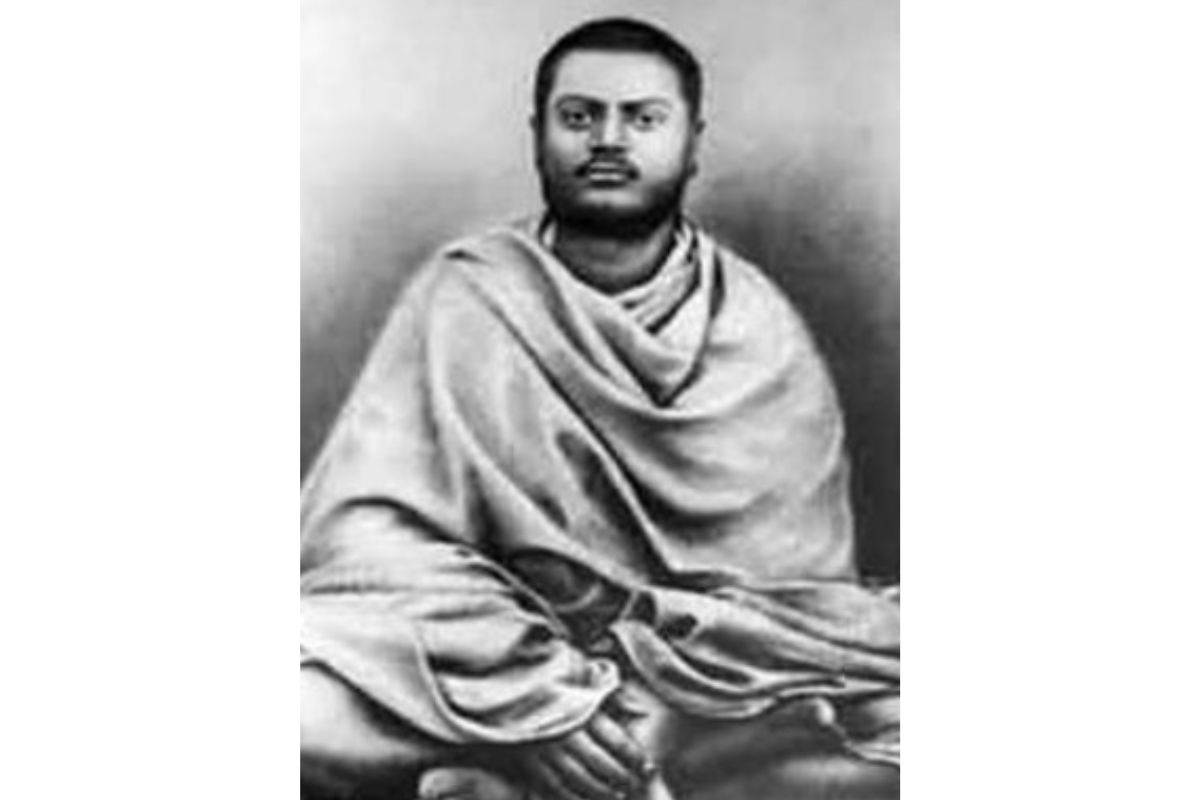
What is harnessing? How do we Harness Prana?
Harness it is to collect and control something so that it can be used effectively.
Prana the vital energy can be cultivated and channeled through various practices such as pranayama (breath control exercises), meditation, yoga, and through mindful awareness of the breath and body in daily activities.
“Prana is the driving power of the world, and can be seen in every manifestation of life,” said Swami Vivekananda.
Prana is critical because it is the essence of life itself. It sustains the body and mind, supports the functioning of various systems in the body, and plays a vital role in maintaining mental and physical health.
There are many legends of how the sages in ancient India created a living human being out of a blade of grass or a mound of clay – known as ‘Prana Pratishtha’ or putting vital life force into matter.
Pranayama – A Yogic toolkit
The quickest way to access the Prana is through the practice of Pranayama, this helps in internalization of our senses, to achieve a state with your mind that is pristine, pure and clear the duality, brain fog. As thoughts are the most important food for the Prana.
All other practices would come to naught if we fail to regulate the ambience of our minds.
Hence Pranayama, Yoga Asanas and Dhyana (meditation) to balance the effect of our modern fast-paced living.
Meditation is the most powerful tool to merge the personal Prana with the Universal Prana. It works like a Pranic tonic and effectively recharges the whole mind-body persona.
When we visit temples or churches, listen to hymns, chants and soulful music (loud head-banging music is a definite No-No!) The Prana experiences a boost.
Similarly, keeping the company of positive people and making time for ‘Satsangs’ (‘Sat’- means truth and ‘Sang’ means company) can go a long way in building positive Prana energy.
Thus, we can neutralize or overwrite the harmful effects of being bombarded with negativity from all different sources like social media.
Testimonials of Transformation
This summer camp was a truly transformative experience, beautifully echoing the essence of our ancient Gurukul system. The activities were thoughtfully planned—ranging from yoga, meditation, seva, chanting and bhajans, to nature walks, storytelling, art and craft and games. The children were gently guided in discipline, which is often a challenge for modern parents, and they responded beautifully.
The dedication of the teachers was truly unparalleled—they created an atmosphere of love, learning, and respect. The food was not only delicious but also wholesome and nutritious, reflecting the care taken in every aspect of the camp.
My child returned home more grounded, joyful, and eager for the next session—she has enrolled herself for next year!
Ranjani Sreedharan
Parent of little yogis summer camp participant
————————————————-
I wanted to express my heartfelt appreciation for the thought, care, and effort you put into creating such a beautiful and enriching experience for children. The blend of yoga, storytelling, creative workshops, and nature-based activities is truly inspiring, and it’s wonderful to see such a holistic approach to nurturing young minds and hearts.
Thank you once again for dedicating your time and energy to such meaningful work.
Amit Akki
Parent of little yogis summer camp participant
SPOTLIGHT OF THE MONTH
What Ten Days with Children Taught Me
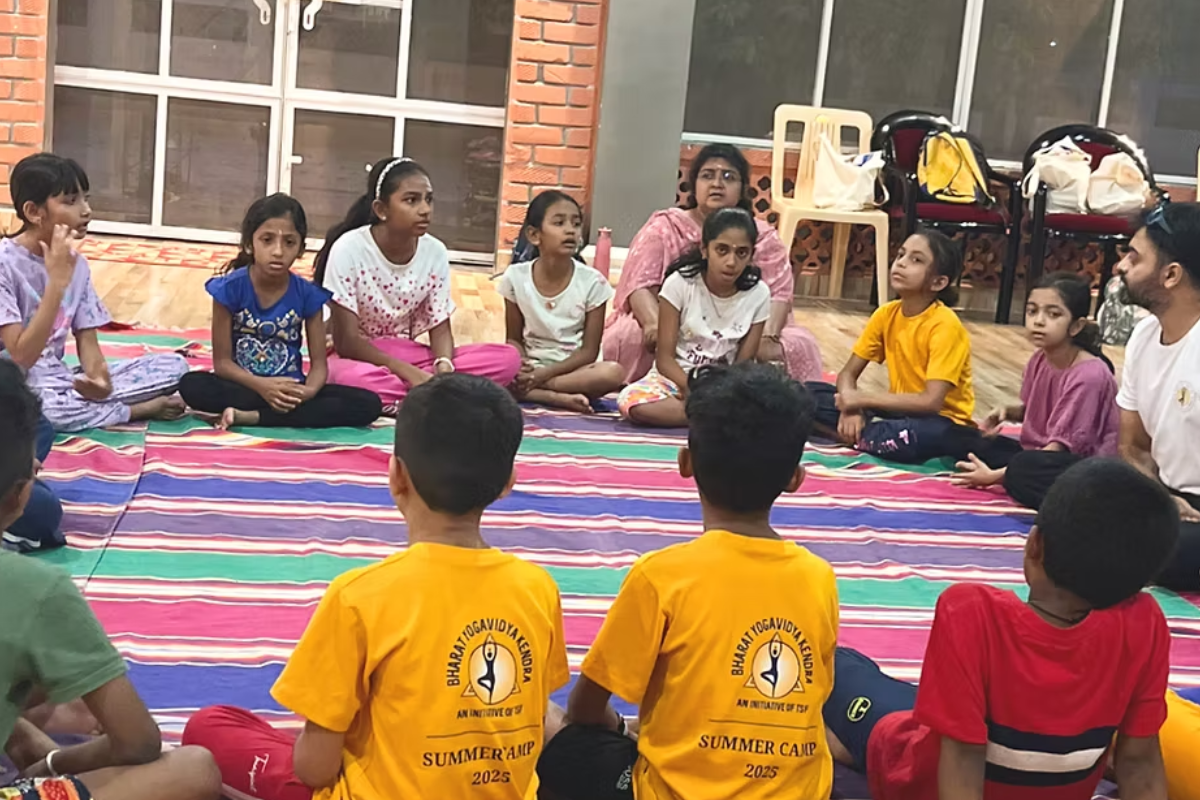
When we at Bharat Yogavidya Kendra decided to organize our first-ever Kids’ Summer Camp, I was excited — but also a little unsure. Would the children enjoy the ashram life? Would they adjust to the discipline, the prayers, the yoga?
As the days unfolded, something beautiful happened — and not just with the children. I changed too. In many ways, the experience became a mirror — helping me see, learn, and grow along with the little ones.
As I participated in the camp, here are a few reflections and observations I carried home in my heart:
1. Nothing can be Forced
In the early days, we noticed a divide — the younger kids huddled together, the older ones kept their distance. Naturally, we wanted everyone to bond. We tried encouraging conversations, seating arrangements, little activities. But it all felt mechanical. Nothing truly shifted. And then we let go. I remembered Sir’s teaching:
“Don’t try to change others. Change yourself.”
Ayurvedic Wisdom
The Ayurvedic Path To Vital Living
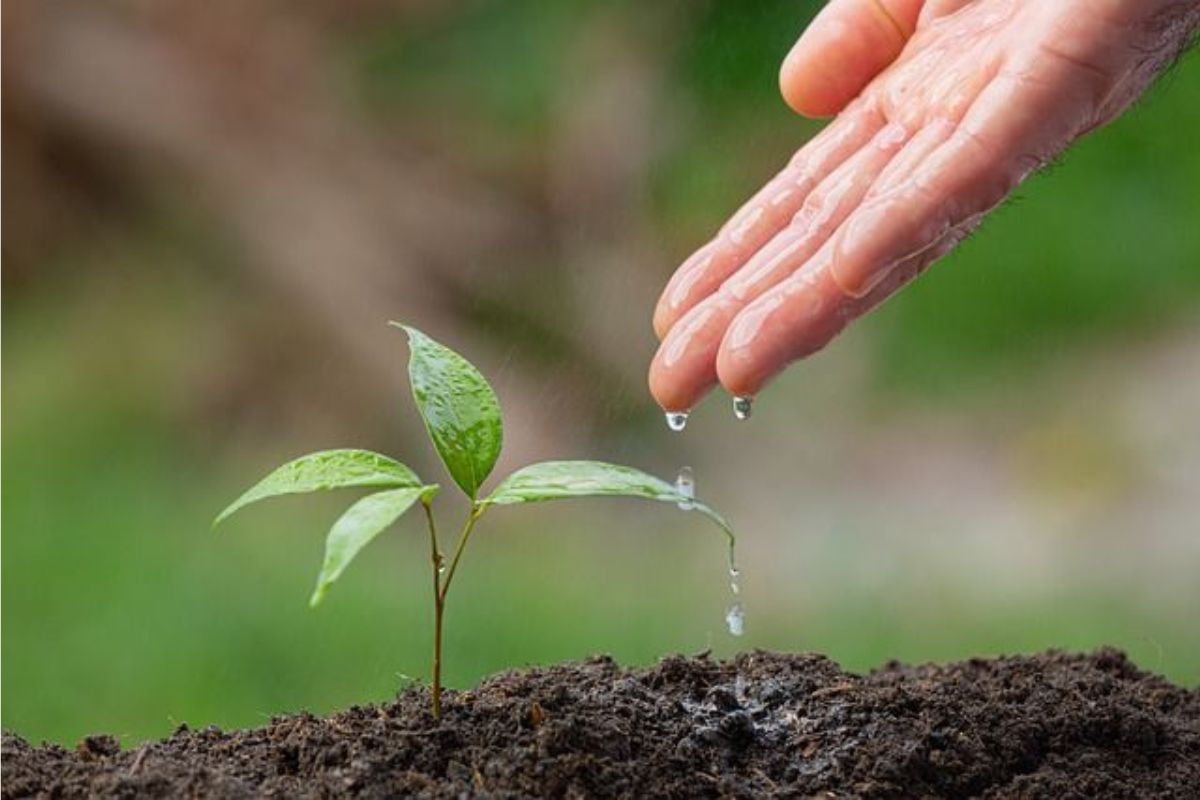
In Ayurveda, Prana – the life force is revered as one of the essential pillars of health, working alongside Tejas (metabolic fire) and Ojas (immunity and vitality) to sustain the human body-mind complex. Prana is not merely breath; it is the subtle energy that animates life, driving every physiological and psychological process within us.
Ayurveda describes Pancha Vayu, the fivefold expression of Prana, each with a specific seat and function – Prana, Apana, Vyana, Samana, and Udana. When these energies are balanced, digestion (Tejas) functions optimally, and immunity (Ojus) is naturally fortified.
To harness Prana effectively, Ayurveda emphasizes the trinity of Ahara (nutrition), Vihara (lifestyle), and Vichara (thoughts). Foods rich in Prana – fresh fruits, whole grains, milk, ghee, and seasonal vegetables nourish not just the body but the vital energy within. Movement and recreation, especially those rooted in nature, along with practices like yoga and pranayama, refine and channel Prana throughout the system.
Daily routines or Dinacharya, aligned with the sun’s natural rhythms, promote harmony with our internal biological clock, ensuring efficient use of Prana. Ayurvedic rejuvenation or Rasayanas like Chyavanprasha, Ashwagandha, and Amla are potent Pranic herbs that replenish energy and support Ojus.
Most importantly, cultivating a positive and peaceful state of mind preserves Prana. Every negative thought or emotional turbulence, be it anger, greed, or jealousy depletes this vital force. By choosing joy, calm, and compassion, we not only protect Prana but allow it to flourish, guiding us toward radiant health and inner balance.
Upcoming Courses & Retreats
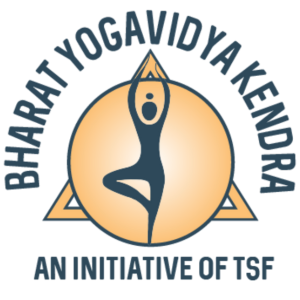
Thank you for reading


